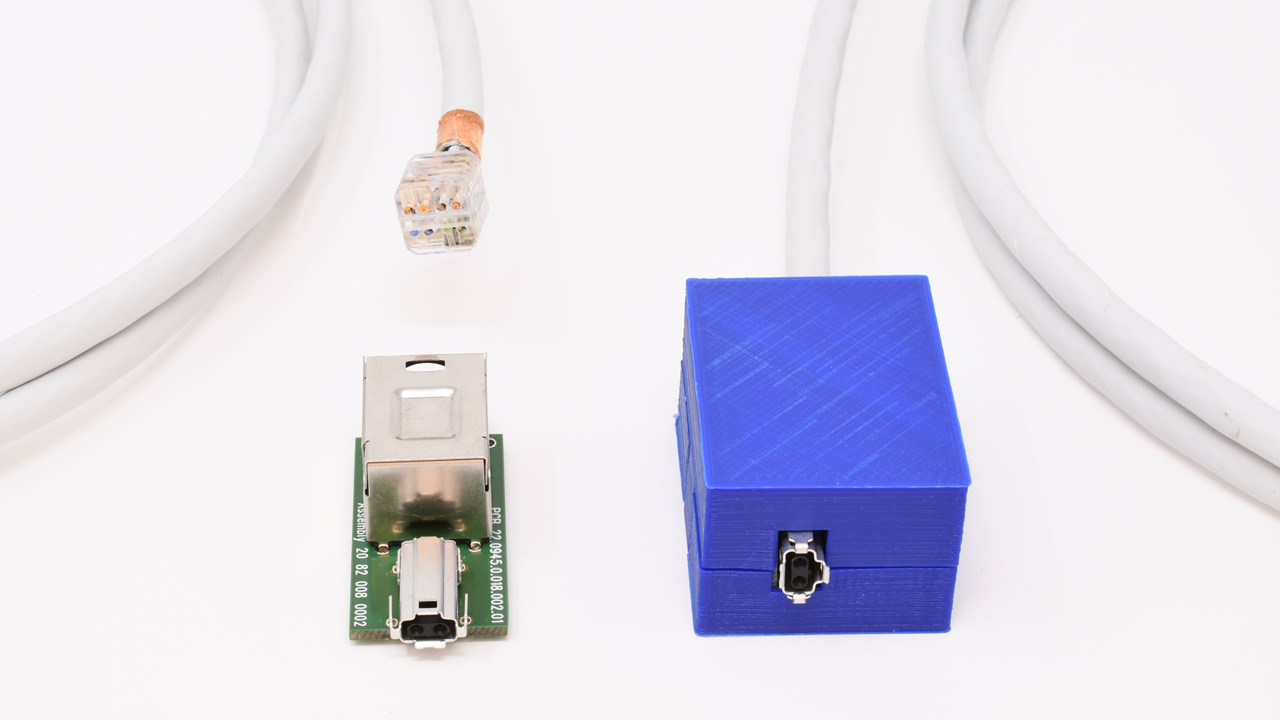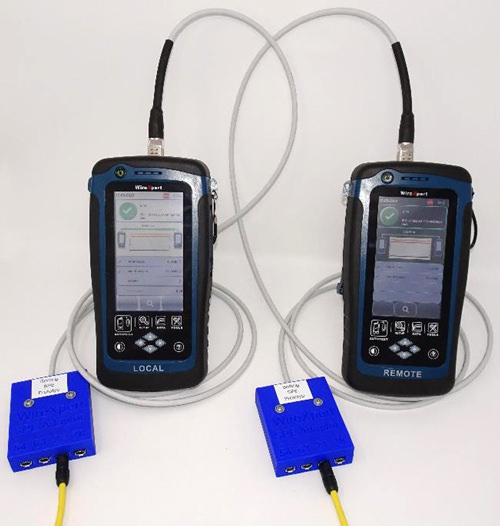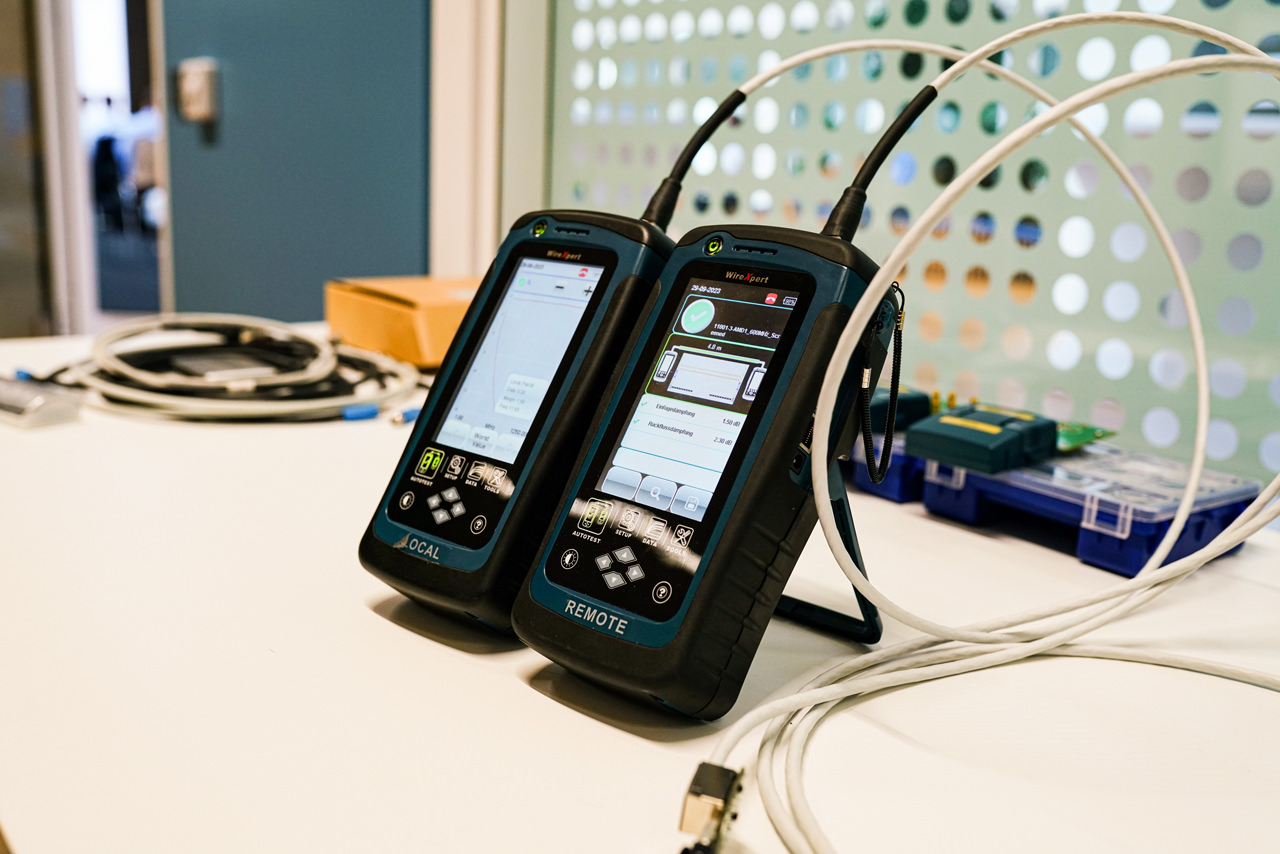TechnologyMarch 28, 2024
1-pair Ethernet cabling – what measurement technology is required for acceptance testing?

The development of Single Pair Ethernet (SPE) opens up a large number of new application possibilities for structured cabling, which will provide new impetus for the industrial, office and data center environment and will further advance the topic of "IoE" (Internet of Everything).
 There are already a number of IEEE Single Pair Ethernet (SPE) applications and the necessary standards for components and cabling – but what about the measurement technology?
There are already a number of IEEE Single Pair Ethernet (SPE) applications and the necessary standards for components and cabling – but what about the measurement technology?
Just as the applications and the entire cabling, including all components, must be specified in order to enable error-free communication, the associated measurement technology must also be specified.
The “classic” measurement technology for 2 and 4-pair cabling is defined in ISO/IEC 61935-1. In this standard, each measurement is specified in detail and the associated accuracies are defined in classes.
Unfortunately, the current ISO/IEC 61935-1 standard cannot be quoted for SPE because, on one hand, SPE cabling does not have to be measured from 1 MHz but from 100 kHz and, on the other hand, the upper limits of the frequency ranges do not match the SPE cabling classes.
In order to close this gap, the IEC working group TC46 WG9 launched another standards project in April 2019, ISO/IEC 61935-4. This standard will define the necessary measurements for SPE cabling, including all accuracy classes.
The following changes must be made compared to the “classic” ISO/IEC 61935-1:
1) Changing the frequency range from 1-2000MHz to 0.1 – 1250MHz.
2) Adaptation of the accuracy classes to the cabling classes
| Accuracy Class | Frequency range | Cabling class according to ISO/IEC |
|---|---|---|
| I | 0.1-20MHz | T1-A |
| II | 0.1-600MHz | T1-B |
| III | 0.1-1250MHz | T1-C |
3) Adapt the necessary measurements to 1-pair cabling.
Essentially, all measured values associated with crosstalk (Next, ACR-N, ACR-F and associated power sum values) are omitted, except of course for crosstalk between cabling links (alien crosstalk) in e.g. cable bundles.
4) 10Base-T1, i.e. 10Mbit Ethernet via SPE cabling, should work up to at least 1000m. However, the classic measurement technology for 4-pair cabling assumes a reference length of 100m. The new measurement standard must ensure that all required measurement parameters are specified in the new length range.

The TC46WG9 working group is expected to complete its work on the new ISO/IEC 61935-4 at the end of the year. Once it has been published, a standard-compliant acceptance measurement can finally be carried out to ensure that the installed cabling complies with the new standards.
Conclusion

Konstantin Hüdepohl
The development of SPE opens up a large number of new application possibilities for structured cabling, which will provide new impetus for the industrial, office and data center environment and will further advance the topic of “IoE” (Internet of Everything).
Although it will be a few months before all the standards for SPE are defined and acceptance measurement is possible, one thing seems clear: SPE is coming and what initially looks like the return of the bell wire will be more of a “back to the future” for everyone involved, with many new opportunities and challenges.
Konstantin Hüdepohl, Product and Standardization Manager, Softing IT Networks GmbH
Konstantin Hüdepohl is Product and Standardization Manager at Softing IT Networks GmbH – one of the founding members of the SPE Industrial Partner Network, the biggest international network for Single Pair Ethernet technology.

